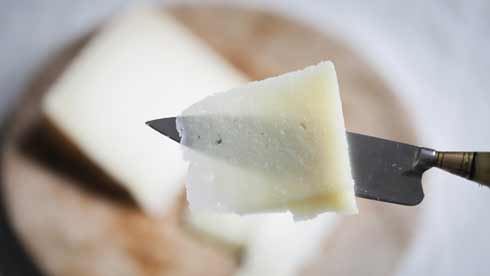
By Paul Richardson
It’s the kind of travel moment you never forget. The year was 1989, and I was leaving the UK to settle in Spain. Hungry and tired after the rough ferry crossing, I drove out of Santander and stopped for a rest in the seaside town of Laredo. Behind the beach was a ‘chiringuito’ selling sardines grilled over a wood fire, and the air was filled with their pungent fishy aroma. I bought a plateful and ate them with my fingers: they were salty, oily, and so fresh the flesh fell away from the bone.
The sardine swims deep in the currents of Spanish life and culture. El Entierro de la Sardina is the curious comic ritual marking the end of Carnival, when sobbing crowds follow the figure of a sardine which is then symbolically ‘buried’. Sardines pop up from time to time in Spanish history. Communist firebrand Dolores Ibarruri, aka La Pasionaria, began life as a seller of sardines on the beach in Santurce - a fact which is often referred to as proof of her humble origins.
Spain is far and away Europe’s major consumer of these little fish, getting through an amazing 58,263 tonnes a year - fully 18 times as much as its nearest rival, France. At the high-summer Festival de la Sardina in Carreño, Asturias – one of the many sardiñadas held in towns along the north coast - around 5000kg are served up every year, to be washed down with lashings of cider. The fiestas and romerías (pilgrimages) of coastal Andalucía would also be poorer without them. In their canned form, whether presented in olive oil, in a tomato-based sauce or en escabeche (a mild vinegar pickle) they’re a go-to essential in every Spanish kitchen cupboard, easily available whenever a nourishing snack is required. For anyone who needs to eat lunch on the go – builders, lorry-drivers, schoolchildren, hikers – they’re a godsend. And for the rest of us, an excellent Spanish product that never fails to please.

The species Sardina pilchardus exists in two main areas of the world’s oceans: the Mediterranean, from Spain and Morocco to the Adriatic, and a swathe of the Atlantic from Norway all the way south to Senegal. Sardines like to stick together in massive shoals or banks, feeding on plankton at a depth of around 150m. One of the family of so-called ‘blue’ or oily fish including the mackerel, tuna, and anchovy, they are an exceptionally nutritive food, rich in vitamins E and D and high in fatty acids like Omega-3 which help prevent heart disease.
For all their popularity in Spain, however, fresh sardines are allowed into the kitchen only under certain conditions. Try grilling them at home and you’re likely to get complaints from your neighbours about the fishy reek filling the stairway. You are most likely to find them done this way in outdoor situations, perhaps at a barbecue in a garden - or at the beach. Spain’s greatest masters of sardine grilling are surely the chiringuitos (beachside restaurants) of coastal Málaga and Granada, where the fish are threaded onto flat metal skewers called espetos which are pushed into the sand facing the coals of a wood fire, thus ensuring the fish cook gently and uniformly. Along the promenade behind Málaga’s city beaches the air is fragrant with the smell of woodsmoke and grilled fish. (The last time I ate sardines down here, at the restaurant El Cachalote on Malagueta beach, the price of a whole espeto (5€) seemed so absurdly low that I double-checked my bill with the waiter.)
Outside the seaside context, fresh sardines are cooked every which way but grilled. Also hailing from Málaga is a traditional dish, moraga de sardinas, which shows them off in a simple casserole with tomato, onion, green pepper, garlic, white wine and lemon. In Galicia small sardines (known as xoubas) make a delicious filling for one of the flat Galician pies called empanadas. In my own kitchen I like to open them up into double fillets, coat these in egg and breadcrumbs and gently fry. They also lend themselves well to an escabeche (simmered with a julienne of carrots and spring onions, plus vinegar, white wine, garlic and herbs) that will keep for a few days in the fridge, making a refreshing main dish for a summer lunch.
The Spanish canned sardine, however, requires no such elaborate treatment. Neatly packed into its rectangular tin, ready to be enjoyed at a moment’s notice, this is surely one of the best fast foods known to man. Brindisa’s range of seafood conservas includes sardines from three different Spanish suppliers - Ortiz ‘El Velero’, Catrineta, and La Brújula - all of which have their roots in the rich preserving traditions of the Cantabrian coast from Galicia to the Basque Country.
Both Ortiz and La Brújula are traditional producers, one in the Basque Country, the other in Galicia, each with its own factory on site. La Brújula, a long-established conservera based in Ribadumia in the Ria de Arousa, specialises in a high-end ‘gourmet’ product using fish sourced from the Galician coasts, expertly packed by a 30-strong team (all of whom are women, following the local tradition). Brindisa stocks their tinned sardinilla, a smaller version of the standard sardine which according to Santiago Reigada of La Brújula is even tastier than its larger relative.
Of the three suppliers Catrineta is perhaps the odd one out. This small company, also based in the Rias Baixas (Galicia), was founded 10 years ago by Cristina Doel and Roberto Rodríguez, who are not themselves producers but ‘négociants’ who buy from artisan conserveras in Galicia, Portugal and Andalucía. Roberto tells me the name was inspired by the ancient Portuguese legend of a ship, A Nao Catrineta, and its long journey beset by all manner of obstacles (including a blue-haired devil). The branding, with its retro image of a smiling young woman in a deep-sea diving suit, is so delightful it seems a shame to throw away the paper the tins are wrapped in. Catrineta sardines come in various guises: in olive oil, in escabeche or tomato sauce, or lightly smoked over bay leaves. But the process followed by each of their suppliers is essentially the same, says Roberto. The sardines are plunged into salt water at 5C and reach the factory no more than five hours after fishing. The heads are removed, then they are packed by hand, normally three to five to a tin, and cooked for half an hour at 100C before the tins are filled with olive oil and heat-sealed.

For Ander Montalvo at Ortiz, the three factors making the difference between a truly fine canned sardine and a mediocre one are 1. freshness, 2. size and 3. the TLC that goes into the process. Ortiz, with its heritage brand name El Velero (the sailboat), has been faithful to these principles ever since the company was founded in 1942 by José Ortiz and his son José Antonio in the harbour town of Ondarroa. The Ortiz tins themselves are things of beauty; the distinctive image of a sailing boat in blue, yellow and red (the only colours that could be used for lithographic printing in the early years of the company) is a classic of Spanish product design, instantly recognisable. As for their contents, this is no ordinary tinned sardine. The fish are on the large side, with firm meaty flesh and a clear flavour from the good-quality olive oil Ortiz uses. Ander tells me something I’ve never heard before: apparently canned sardines improve with age. (Who knew?) The company suggests keeping a store of various ‘vintages’ to see how their flavour deepens with each passing year.
As is often the case with Spanish products at this level of quality, in some ways the less you do with them the better. Ortiz recommends a crusty roll spread with butter and filled with sardines garnished with a lettuce leaf or two – a bocadillo de sardinas inspired by the classic working lunch devoured on a daily basis in building sites and playgrounds all over Spain. They are good as a pairing with sprue asparagus, or with halved boiled eggs and finely sliced red onion. The ones in escabeche sauce make a brilliant foil for a salad of crunchy frisée lettuce.
But the most radical serving suggestion is also the simplest. Roberto at Catrineta confesses that he prefers them straight from the tin. ‘Seeing them so neatly packed reminds me of the monotonous job of packing, which here in Galicia is entirely done by female workers’, he says. ‘Each time it’s like a miniature puzzle, a Tetris. So when I eat sardines from the tin, it feels like my own little homage to all those hard-working women.’
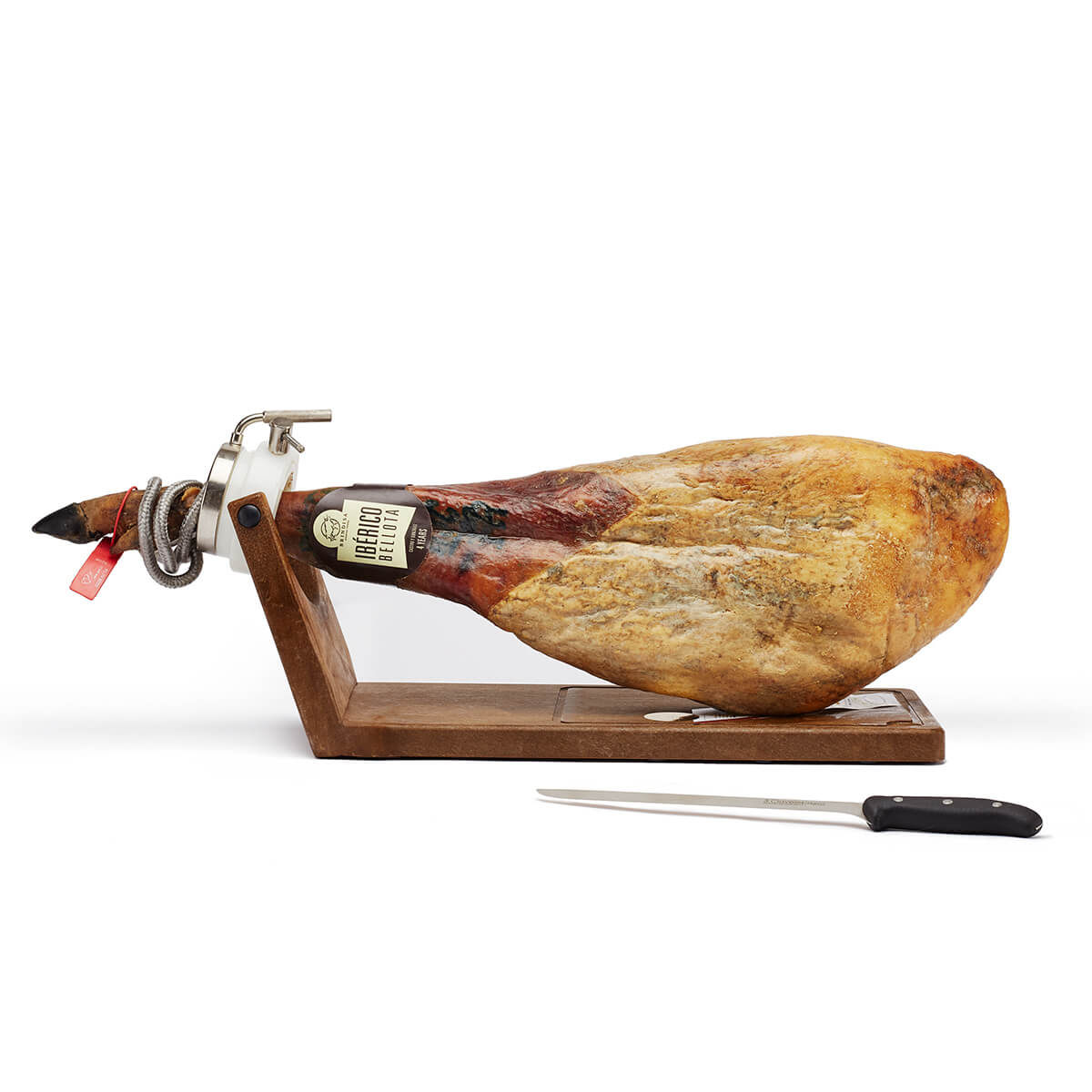 Brindisa Bellota 75% Iberico Ham Kit
Brindisa Bellota 75% Iberico Ham Kit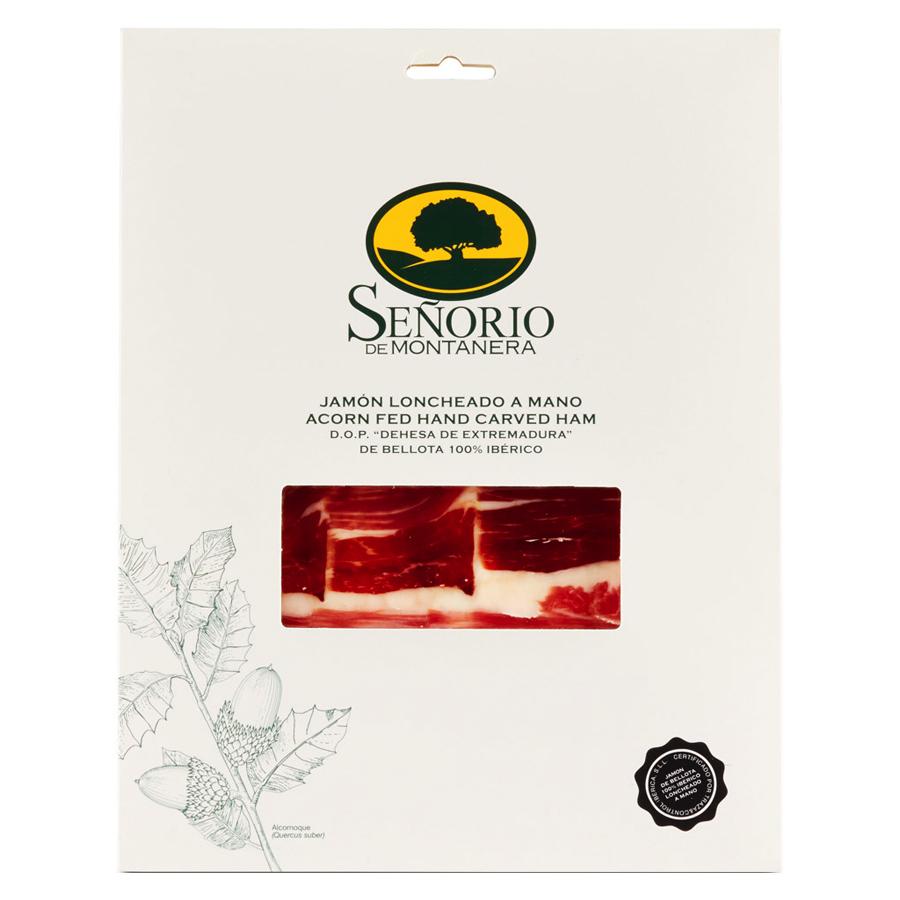 100% Iberico Hand-Carved Ham
100% Iberico Hand-Carved Ham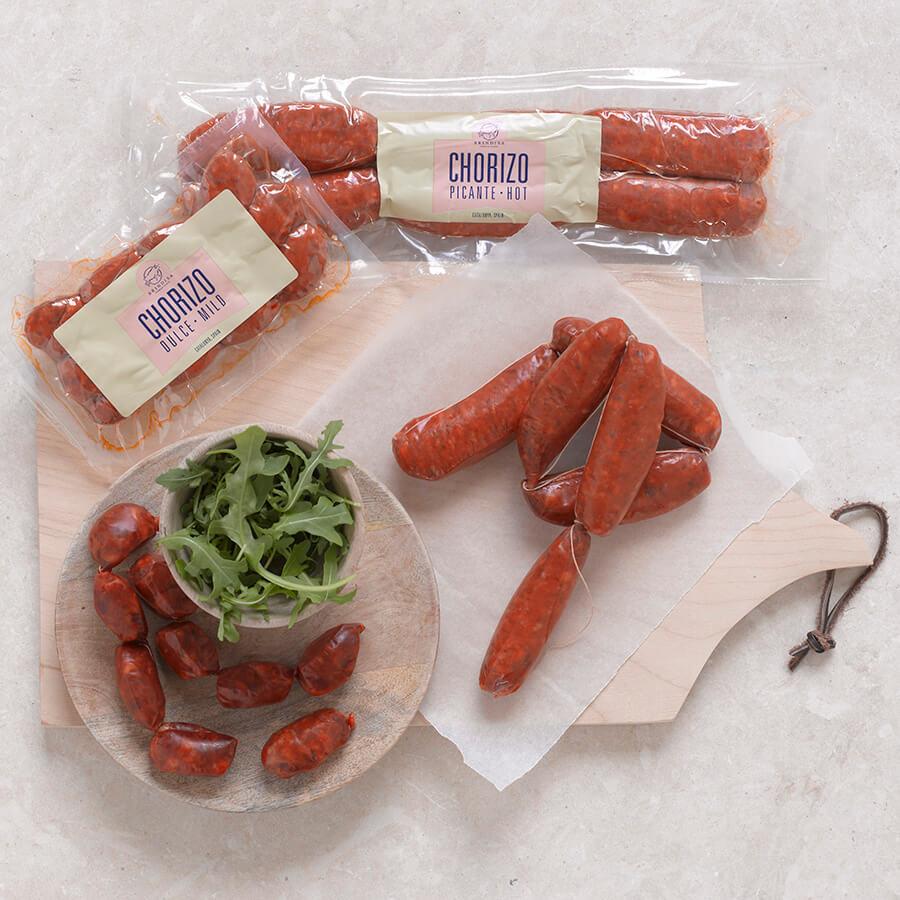 Cooking Chorizo
Cooking Chorizo Freshly Sliced Charcuterie
Freshly Sliced Charcuterie Truffle Manchego
Truffle Manchego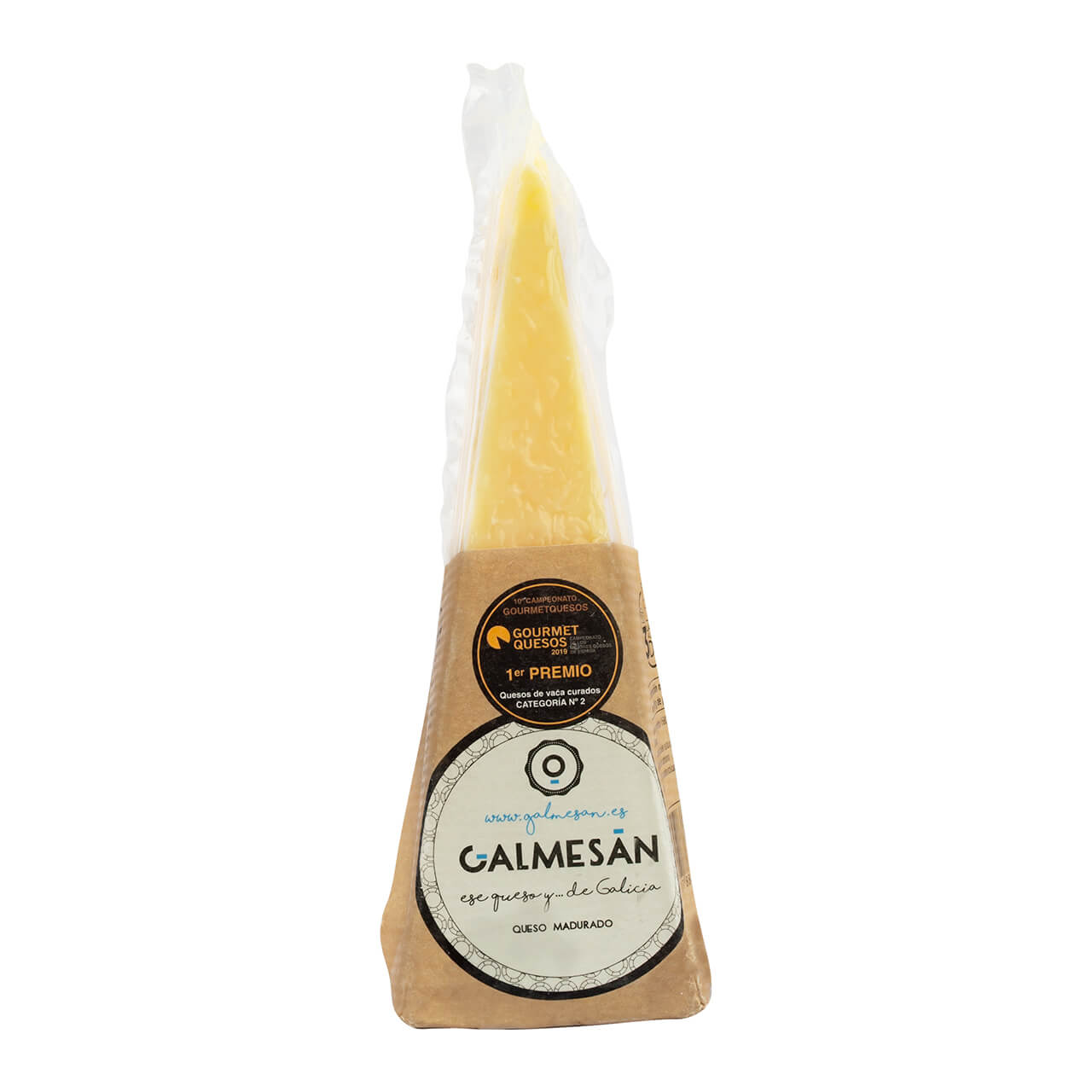 Galmesan Wedge
Galmesan Wedge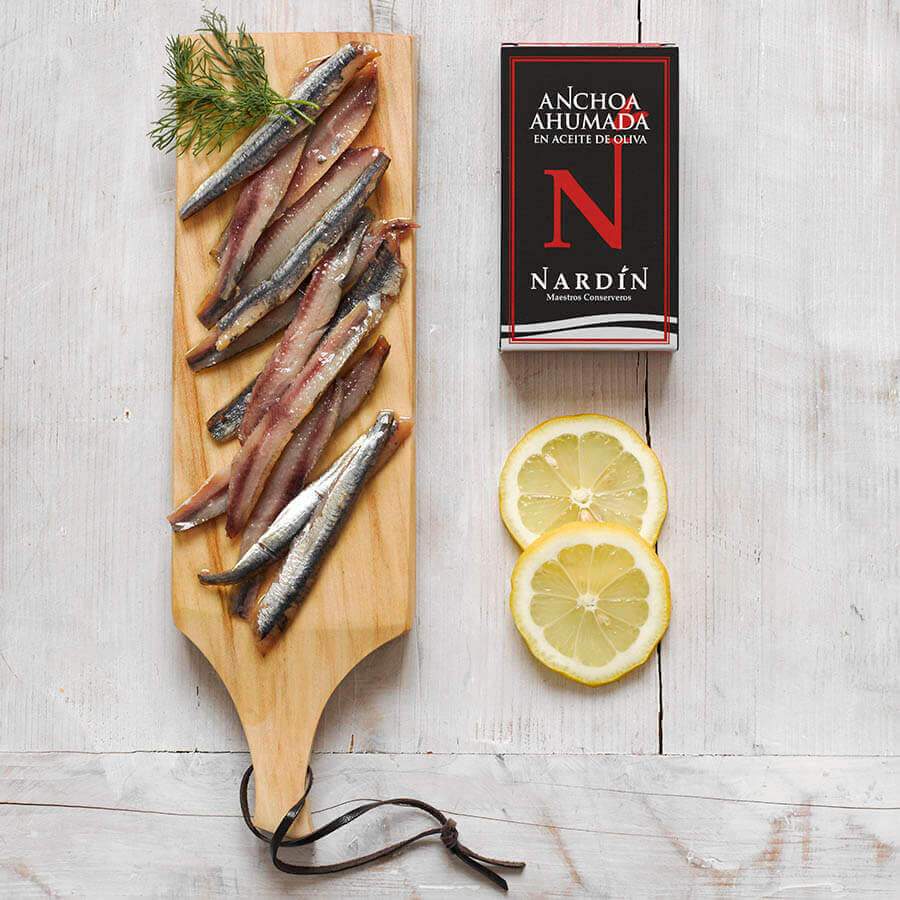 Beech Smoked Anchovies
Beech Smoked Anchovies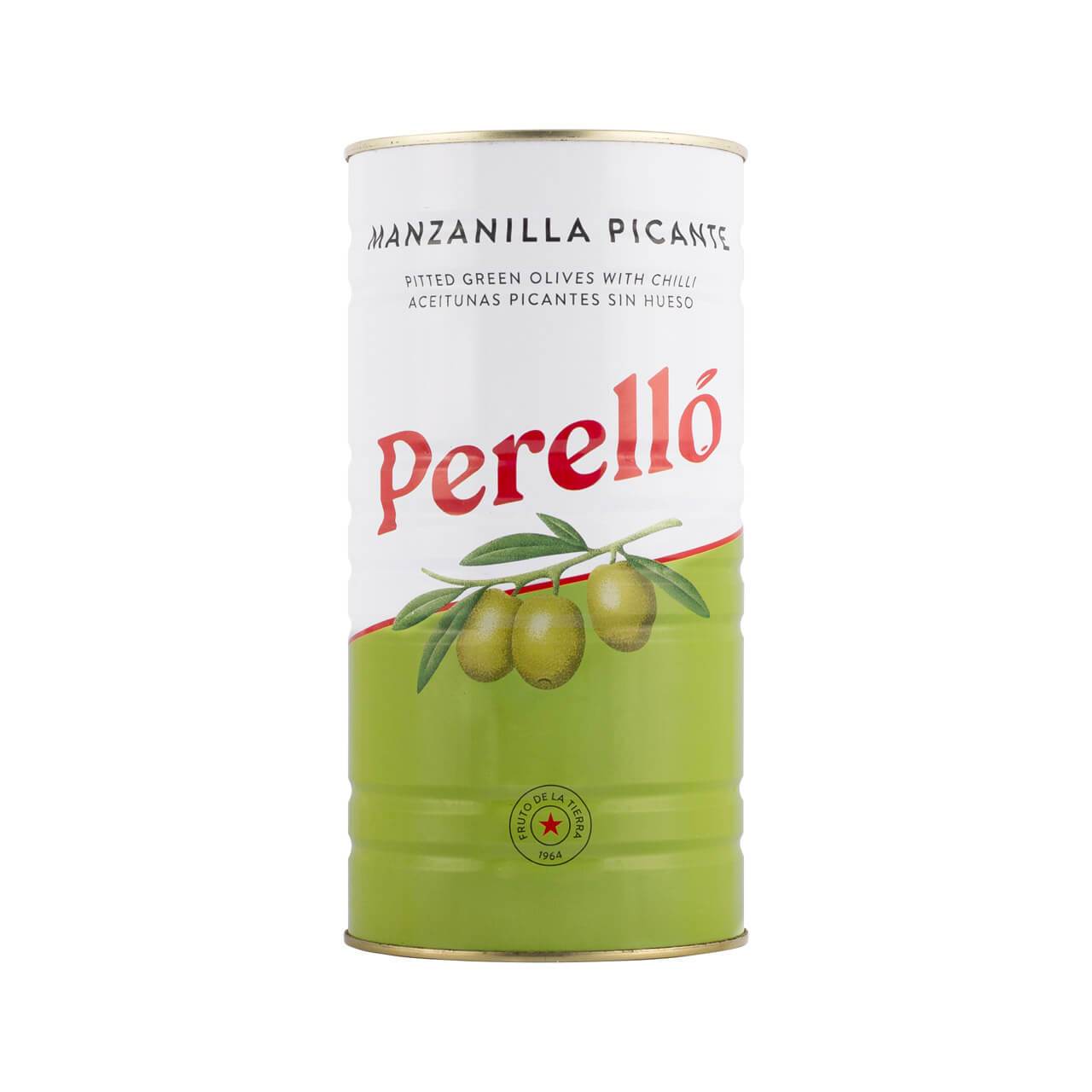 Perello Manzanilla "Martini" Olives
Perello Manzanilla "Martini" Olives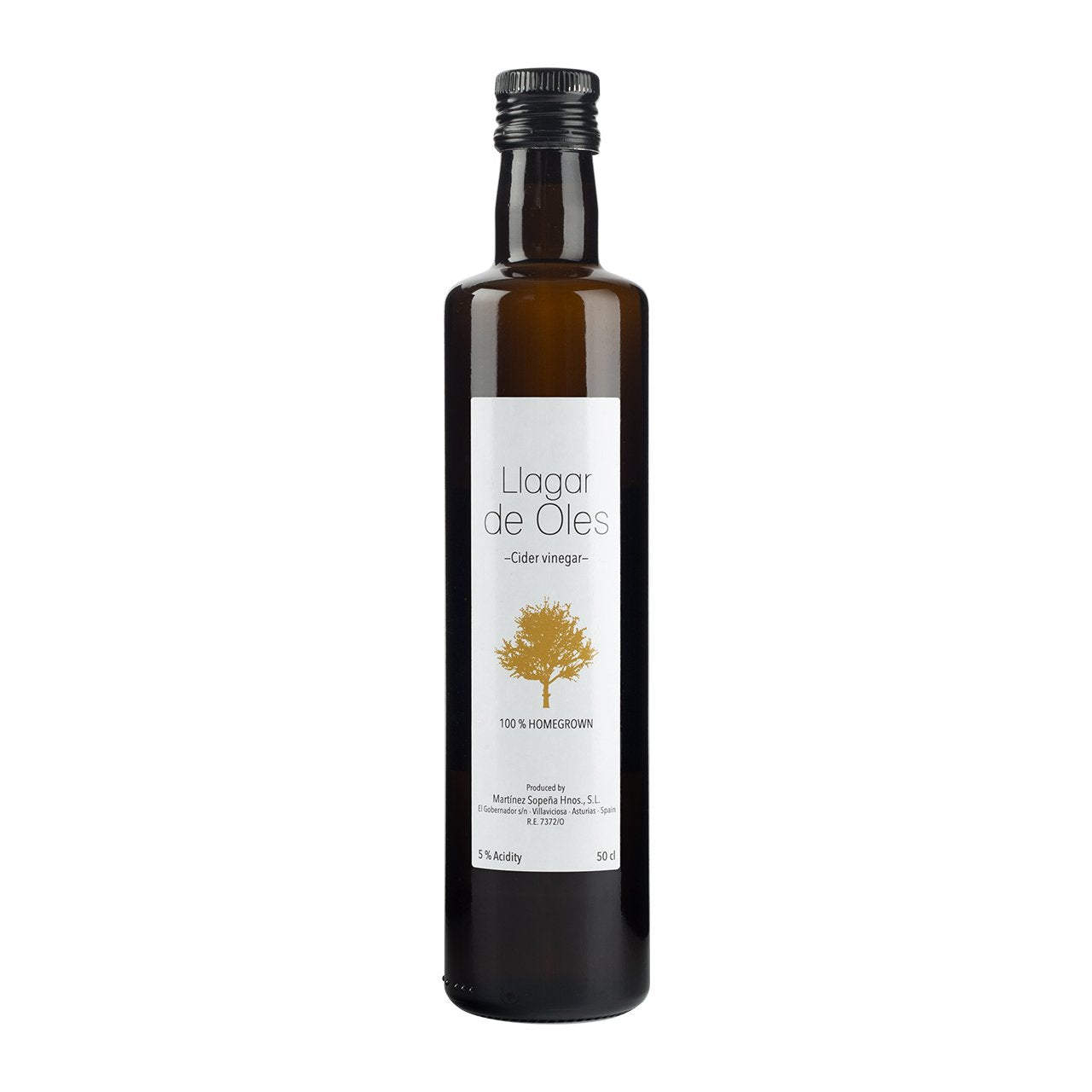 Apple Cider Vinegar
Apple Cider Vinegar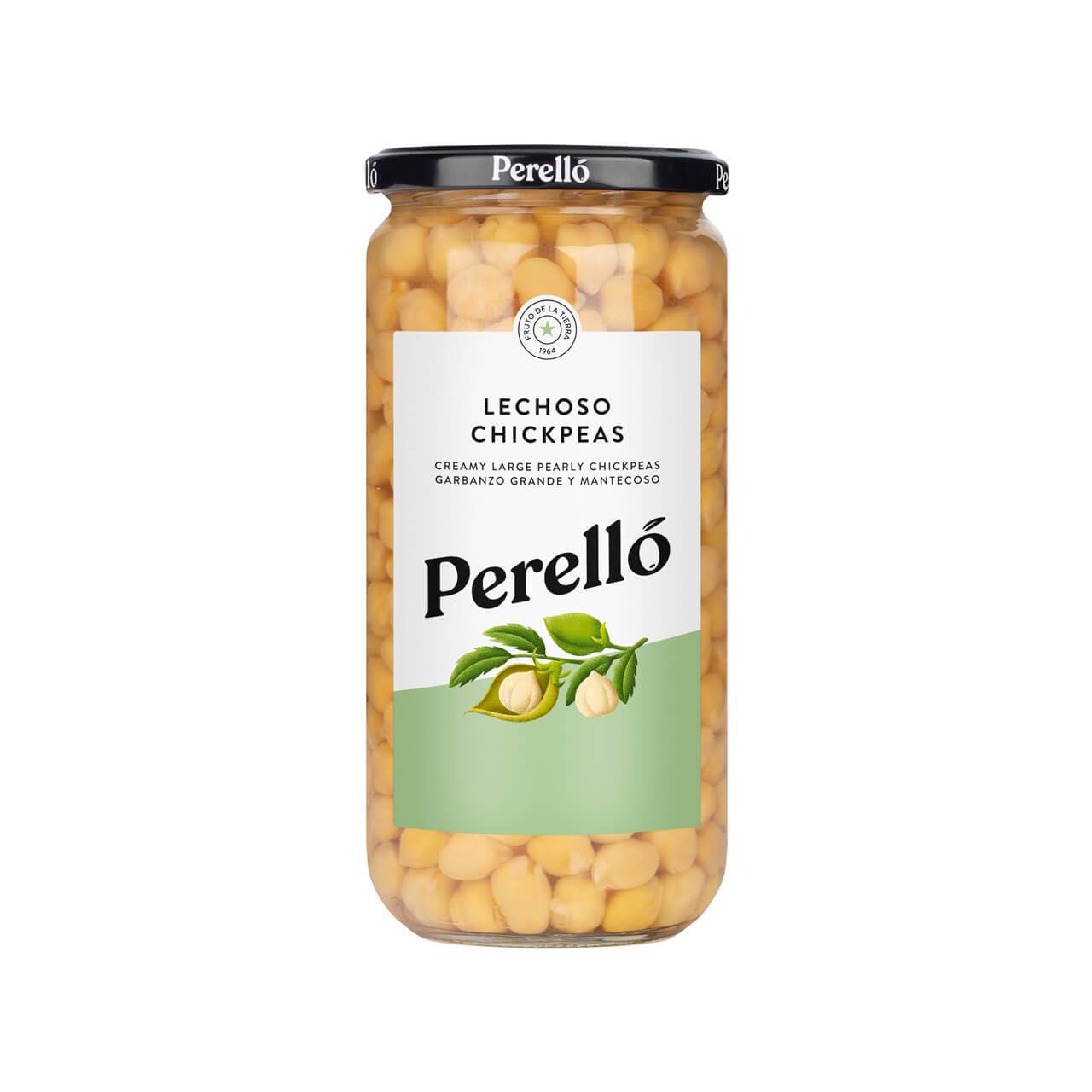 Perello Chickpeas
Perello Chickpeas Buy a Gift Card
Buy a Gift Card Celebration Hamper
Celebration Hamper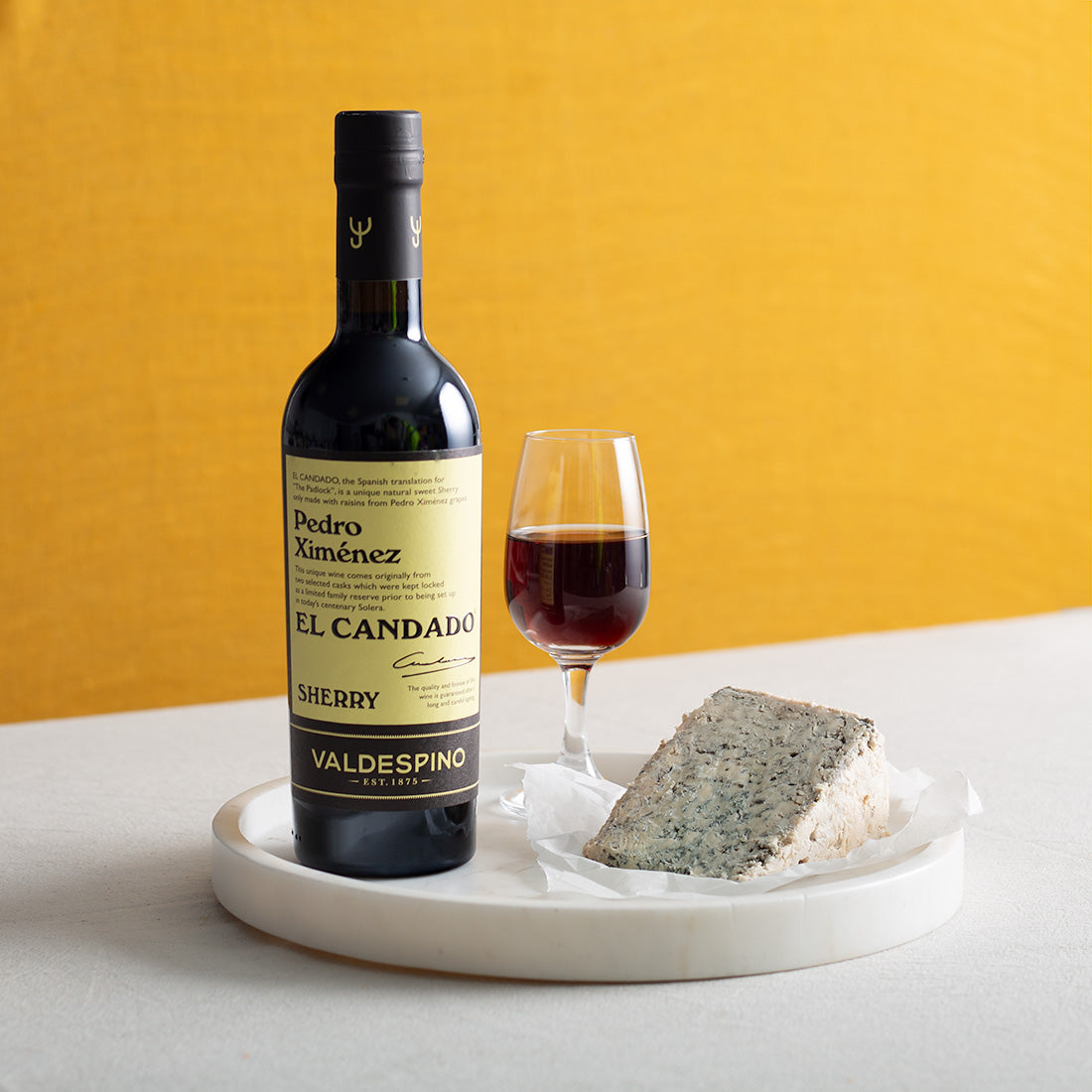 Sherry
Sherry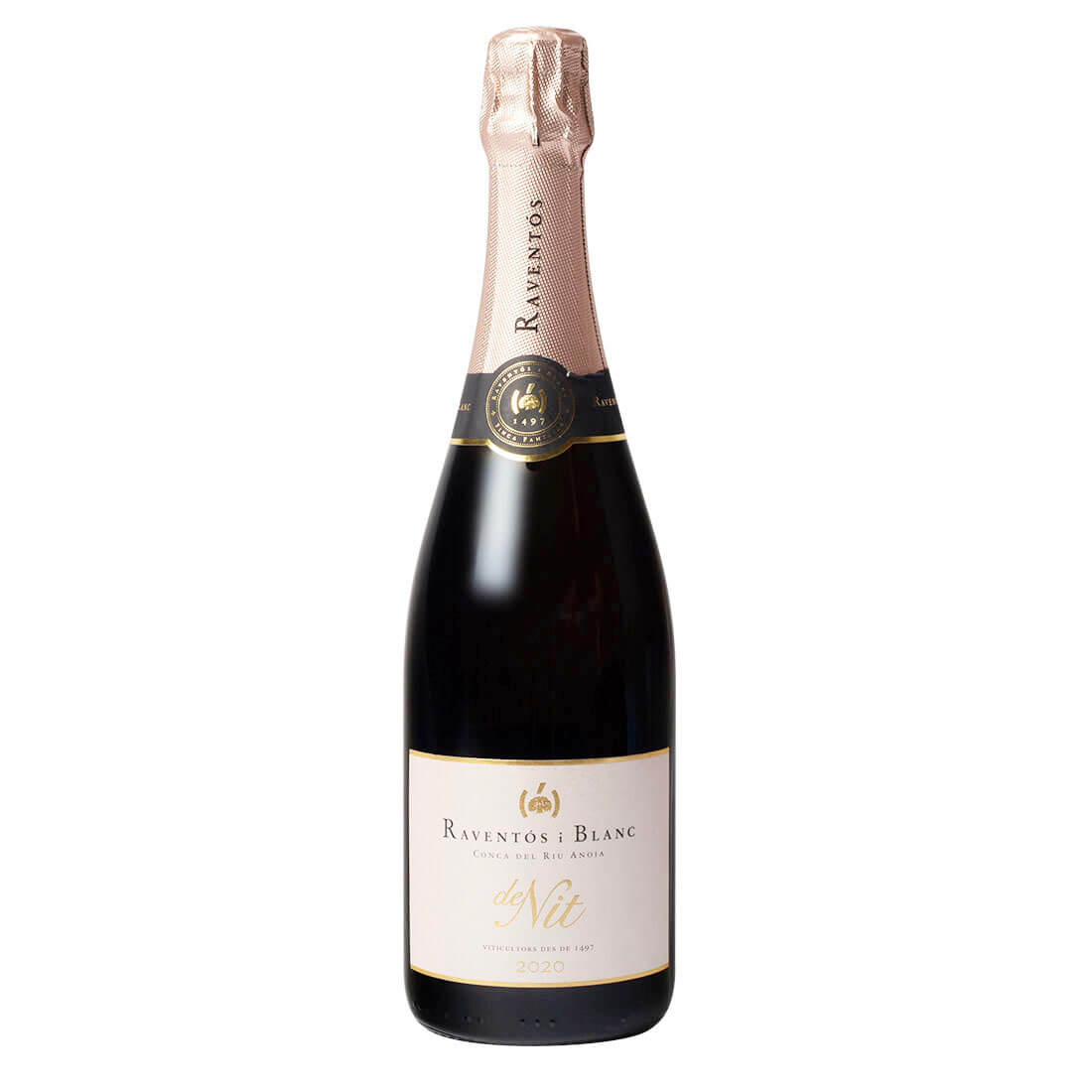 Sparkling Cava for Christmas
Sparkling Cava for Christmas Perello Olives
Perello Olives Navarrico Butter Beans
Navarrico Butter Beans






